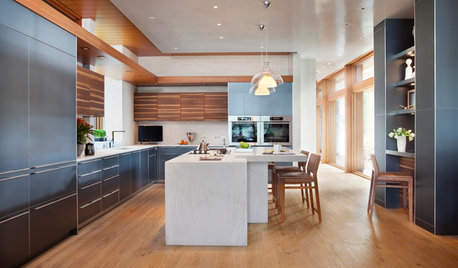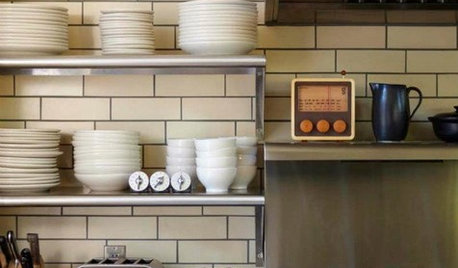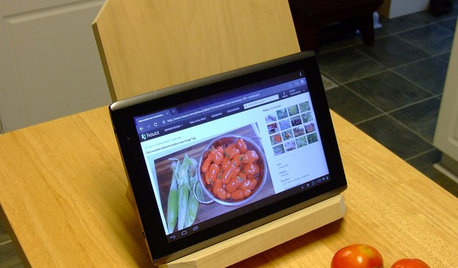Dowels or biscuits?
flgargoyle
17 years ago
Featured Answer
Comments (12)
Jon1270
17 years agoflgargoyle
17 years agomagnumv8
17 years agosombreuil_mongrel
17 years agoflgargoyle
17 years agoUser
17 years agokudzu9
17 years agoflgargoyle
17 years agobrickeyee
17 years agokmealy
17 years agoflgargoyle
17 years ago
Related Stories

KITCHEN STORAGECabinets 101: How to Get the Storage You Want
Combine beauty and function in all of your cabinetry by keeping these basics in mind
Full Story
DECORATING GUIDESEntertaining: Hosts Pull Out the Stops for Kentucky Derby Parties
Walk through the lavishly appointed Malvern House as designer Lee W. Robinson shares tips for gatherings that go the distance
Full Story
KITCHEN DESIGNCreate Your Own Checklist for a Well-Stocked Kitchen
Personalize the kitchen with your own must-haves from our list of top cooking tools, small appliances, pots, pans and more
Full Story
DIY PROJECTSNeat Little Project: Make a Sturdy Stand for Tablets and Books
Save your neck from straining with this handy DIY wooden stand for an iPad, a Kindle or a good old-fashioned cookbook
Full Story







flgargoyleOriginal Author